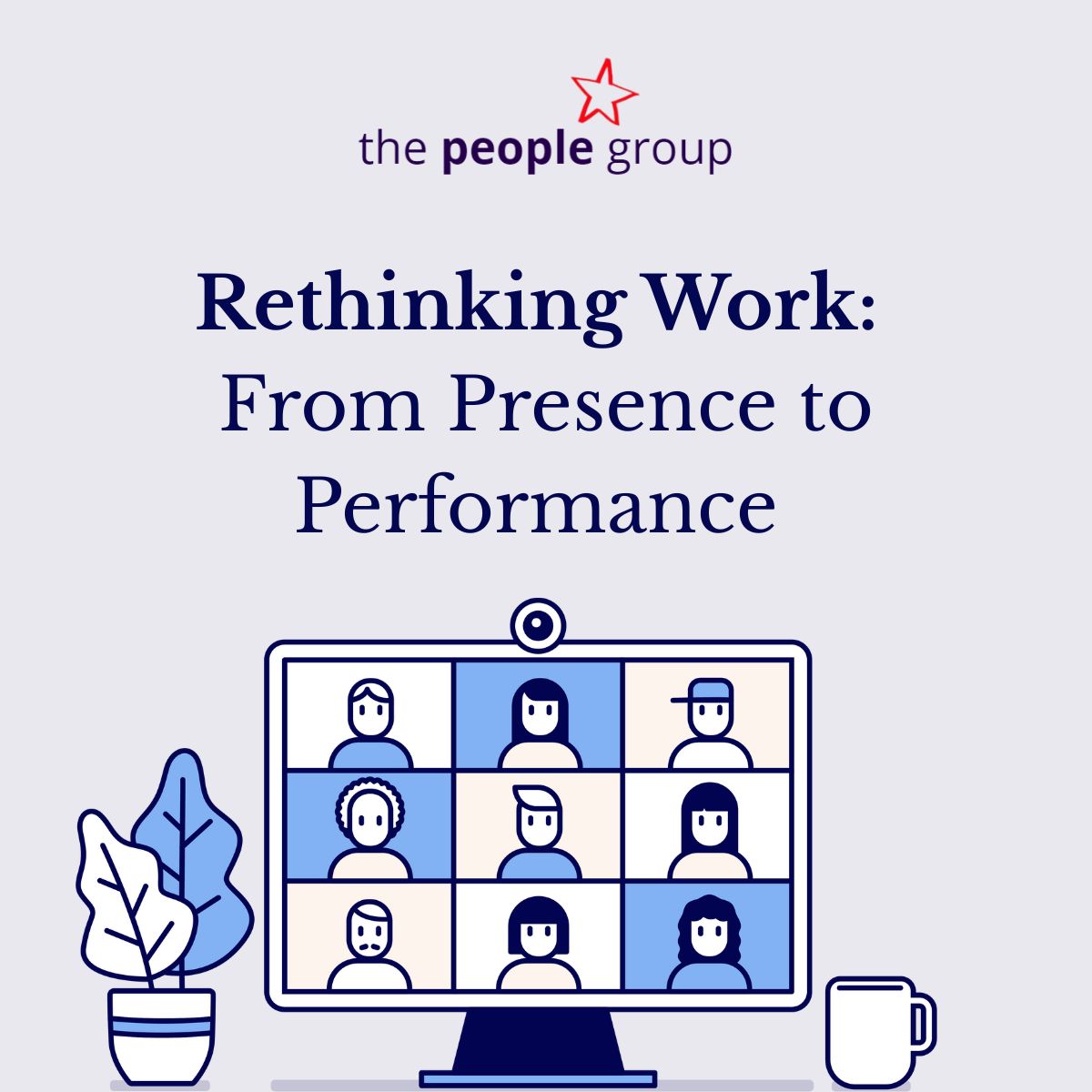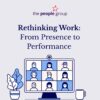Rethinking Work: From Presence to Performance
As organisations continue to adapt to the evolving world of work, one truth is increasingly apparent: the most significant divide is not between hybrid and office workers, but between traditional and modern mindsets.
Many senior leaders built their careers in environments where visibility, structure, and hierarchy defined success. Productivity was assumed to be rooted in physical presence, and career progression relied heavily on proximity. Loyalty, tenure, and being “seen” were central to advancement.
By contrast, today’s mid-career professionals operate in a very different context. They are accustomed to digital workplaces, outcome-driven performance measures, and flexible hybrid models that support both professional and personal commitments. For these individuals, hybrid working is not a perk, it is a baseline expectation. They prioritise clarity, trust, and autonomy over rigid routines or outdated rituals.
These differing perspectives often coexist within the same organisation, creating tension not because of age or work ethic, but because of how each group defines effective work. Traditional mindsets equate productivity with attendance; modern mindsets equate it with impact. One values oversight; the other values enablement.
The Evidence Is Clear
Extensive research demonstrates that hybrid work does not reduce productivity or impede career progression. A study published in Nature, which surveyed over 1,600 employees, found that hybrid arrangements improved job satisfaction and reduced attrition by one-third, with no negative effect on performance ratings or promotion rates over a two-year period. Nature reports state:
We found that hybrid working improved job satisfaction and reduced quit rates by one-third. The reduction in quit rates was significant for non-managers, female employees and those with long commutes. Hybrid working did not affect performance grades over the next two years of reviews.
Hybrid working also drives engagement, retention, and long-term loyalty particularly among high-performing professionals balancing multiple responsibilities. Globally, two-thirds of employers report that hybrid work has improved productivity and employee wellbeing, while also contributing to cost savings.
The Real Cost of Resistance
Organisations that resist this shift risk losing strong talent, often mid-career professionals and high performers, without fully understanding why. Evidence shows that employees required to work exclusively on-site are more likely to seek alternative opportunities, with attrition rising significantly among those whose expectations for flexibility are unmet.
The financial implications are tangible. Hybrid arrangements can reduce operational costs, including office space requirements and associated expenditures, while employees save considerably on commuting and related expenses. Yet, despite overwhelming evidence supporting hybrid models, many organisations continue to mandate increased on-site presence, creating a disconnect between leadership assumptions and employee expectations.
The Leadership Gap
The challenge is not hybrid working itself; it is leadership practices that have not evolved in parallel. Managers often assume remote working will harm productivity, only to adjust their views once they experience hybrid models in practice. This perception gap highlights a key issue: decisions are often based on assumptions rather than data.
Some leaders fear losing control; employees fear losing balance. Both concerns are valid, but effective organisations adopt leadership approaches built on trust, empowerment, and outcomes-based measurement. Studies indicate that 90% of employees report being as productive, if not more productive, in hybrid settings. Yet many return-to-office policies remain prescriptive, lacking rationale or consultation.
Looking Forward
The future of work is not a binary choice between office and remote. It is flexible, accountable, and performance-led. It values contribution over presenteeism and connection over rigidity.
Organisations that embrace this shift position themselves as employers of choice in a competitive talent market. Those that do not risk the avoidable loss of high-performing employees. The question is no longer whether hybrid work functions effectively, the evidence confirms it does. The question is whether leadership mindsets have evolved to match the workforce organisations are seeking to attract and retain.








